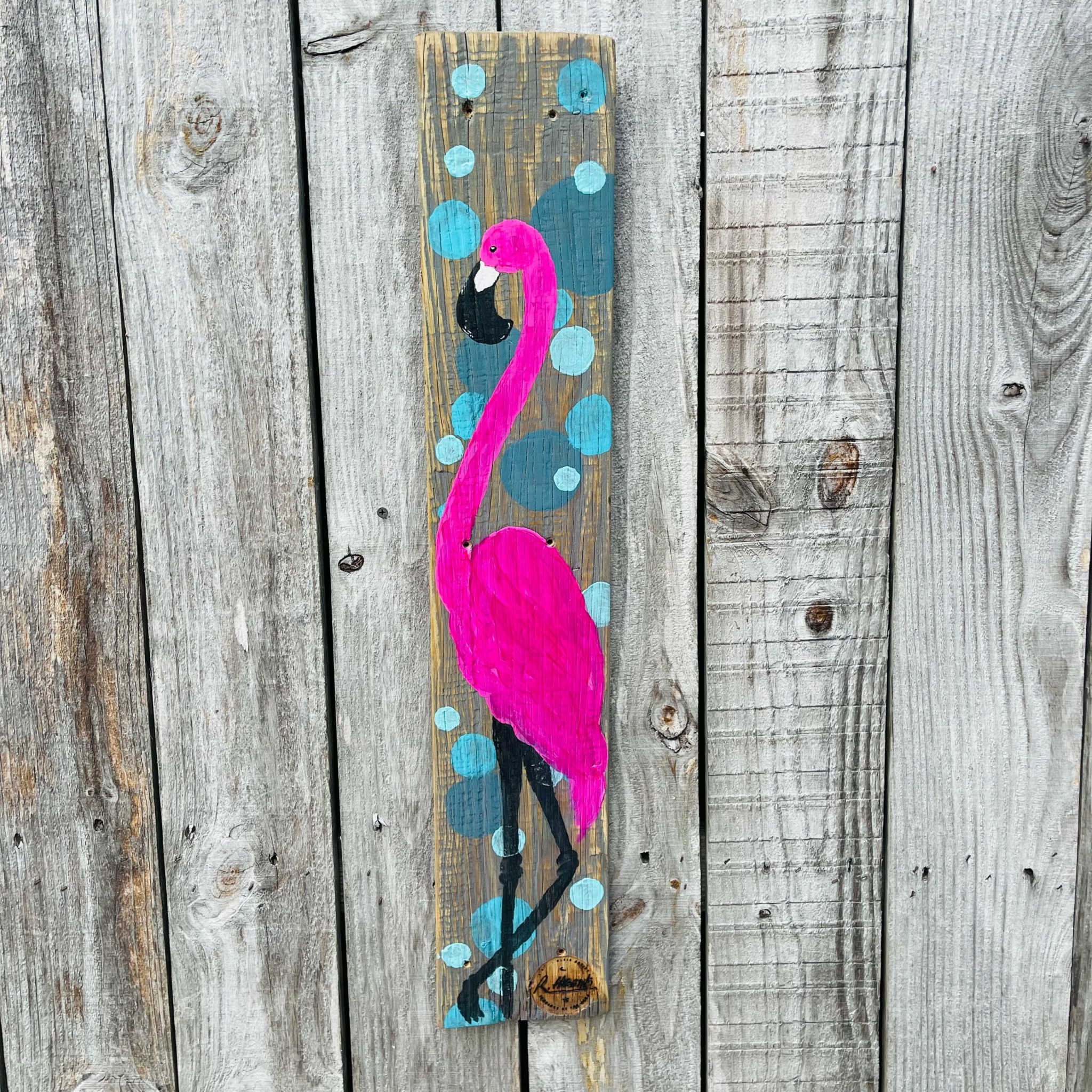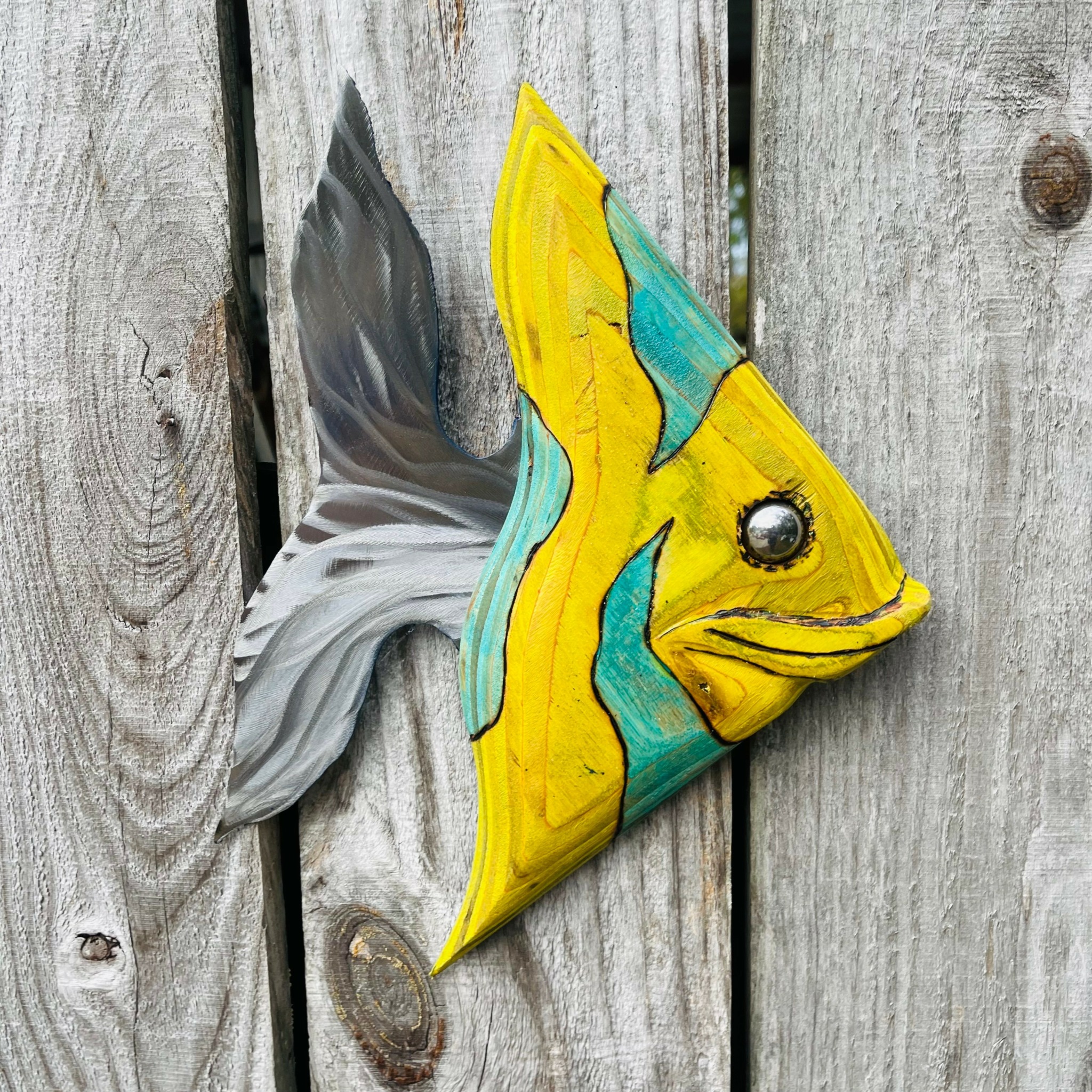We recently connected with RJ Higgins II and have shared our conversation below.
Hi RJ, thanks for joining us today. Can you talk to us about how you learned to do what you do?
My path to art came from tragedy. After a severe spinal cord injury that left me paralyzed from the neck down all of my focus was on physical therapy. Fighting to get movement and find my place in this broken vessel. My left hand and left ankle began to move ever so slightly. Not being lefthanded I began to draw in an effort to gain dexterity and find motor control. I took a watercolor class with similar intentions and I was hooked. The craziest part is that I cannot feel my hands. I have to focus on each movement, think “don’t let go, don’t squeeze too hard, don’t grab the hot parts (my metal sculptures)”. After a few years my confidence grew and I wanted to see if I could learn to weld lefthanded within the new parameters I exist in. It’s challenging for sure but get therapeutic and fulfilling. I began gathering scrap metal wherever I could find it and practiced everyday. Finding the things that people have discarded/given up on and send them back into the world as something beautiful. My physical therapy is integrated within my work. The tools I use, techniques, even the size of the pieces is related to my physical limitations. I struggle with details and fine motor control the smaller the piece is and on the larger side I have to be capable of moving them. Spasticity and fatigue are my greatest adversaries. To mitigate this as best I can I have multiple pieces going at once in various stages of completion. When my hands get jumpy I move to a piece that requires a heavy hand so to speak. No detail work but rough in and broader movements.

RJ, before we move on to more of these sorts of questions, can you take some time to bring our readers up to speed on you and what you do?
I was a manager for a company that dealt industrial machinery prior to my accident. For years I was an industrial mechanic, welding, turning wrenches, and working with industrial automation. My contribution to the world has always been something physical, tangible, things that my hands built and after the spinal cord injury I was lost. What’s my worth? How can I contribute to my family and be less of a burden? Being stuck in a wheelchair and reliant on the people around me for practically everything we terrifying so I took every opportunity to work my way out of it.
My work is a very real, true to life, example of how my body cooperated through it’s creation. Rather than fighting it I try to use it to my advantage. Some are a little rougher, others have crazy detail. Each piece is unique and a real part of my journey. That makes the folks that purchase a piece part of my journey as well. I have created paintings on reclaimed fence planks with sections missing intentionally. These leave voids in the paintings that get the observer to fill in the space with their own imagination making them a participant in the work.
I am a regular vendor at the Saint Augustine Amphitheater farmers market Saturday mornings and get to meet people from all over the world.
Social media has been beneficial as well. I get to network with artists all over, sharing inspiration and ideas.
Instagram and Facebook.
@artbyrjhiggins
artbyrjhiggins.
My website is artbyrjhiggins.com

Is there a particular goal or mission driving your creative journey?
Tragedies happen, accidents, illness, etc. and it’s awful but it doesn’t have to be the end. Our quality of life has more to do with our presence of mind and our heart than what happened to us. Happiness is a decision not a destination. Live in the light and don’t stare too long in the rear view.

What’s the most rewarding aspect of being a creative in your experience?
Making people smile. Seeing peoples faces when I explain how I do what I do as they are admiring my work. It’s cathartic.
Contact Info:
- Website: https://Artbyrjhiggins.com
- Instagram: @artbyrjhiggins
- Facebook: artbyrjhiggins
- Youtube: https://youtu.be/2sPlmpGP6F0?si=5n2IcysvqmU0FLmk





